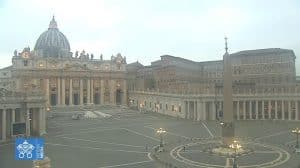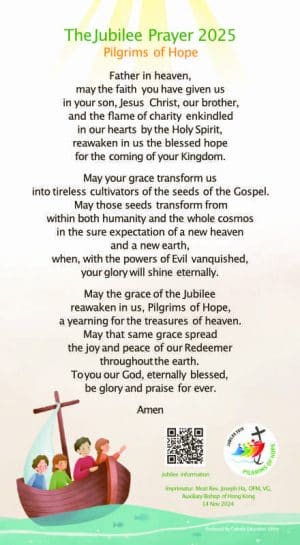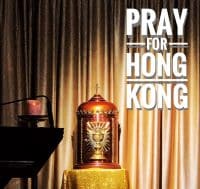
“We are beginning this phase of the synod, and how could we be a synodal Church without reconciliation? How could we claim to want to walk together without receiving and giving the forgiveness that restores communion in Christ? Forgiveness, asked for and given, creates a new harmony in which differences are not opposed, and the wolf and the lamb are able to live together [cf. Is 11:6],” said Pope Francis in his homily during the penitential vigil at the end of the pre-synod retreat.
The second session of the synod, which began on October 2, is the last leg of the most extensive consultation process in the Church ever held worldwide. It took place over three years at parish and diocesan levels, as well as at national and continental levels. The process that set in motion a journey of reflection, discernment, and reform in 2021 will conclude with the ongoing global assembly in Rome on October 27.
The focus of the second meeting of the 16th Ordinary Synod of Bishops is on providing concrete recommendations for improving the involvement of lay people in parish administration and strengthening the decision-making authority of parish councils and bishops’ conferences through active listening and support. The objective of the first session of the synodal assembly in 2023 was to actively listen to a wide range of perspectives, specifically the “stories of the Church” that needed to be brought to light.
In 2024, the assembly is tasked with providing the pope with orientations based on the progress made so far, with the goal of promoting harmony without imposing uniformity. The current method involves identifying key points for thorough analysis through a “spiritual conversation,” while allowing for further exploration and avoiding rigid conclusions. Presiding over the opening Mass of the synod on the feast of the Guardian Angels on October 2, Pope Francis said, “Ours is not a parliamentary assembly but rather a place of listening in communion.”
The Synodal Church, which the pope himself defined as the way to be a Church in the 21st century, goes far beyond the synodal assembly. A Church that refuses to listen to everyone becomes self-referential, and the pope consistently cautions against this risk. Synodality is not just a concept, it is put into action, and even though this may unsettle some people, it is synodality. It represents a genuine Church because the Church was never intended to be a small exclusive group.
A synodal Church signifies a change from the conventional hierarchical structure to a more participatory, cooperative, and perceptive way of existing as a Church. The heart of the synodal process is that every member of the Church—lay, religious, and clergy alike—has a voice. This call for shared leadership is revolutionary, where respect for hierarchy remains vital to Catholic teaching. Synodality encourages a shift towards active participation by the laity. This process of shared decision-making and discernment can transform how the Church engages with its members, particularly in times of rapid social change.
Concluding the pre-synod retreat, seeking forgiveness from God and God’s people, the pope made a significant gesture for the Church to contemplate and emulate. Forgiveness, when sought and granted, fosters a new harmony where differences are not in conflict, and where the wolf and the lamb can coexist [cf. Is 11:6]. jose, cmf










